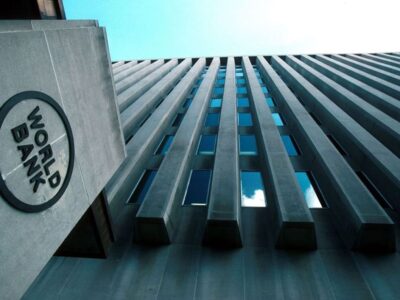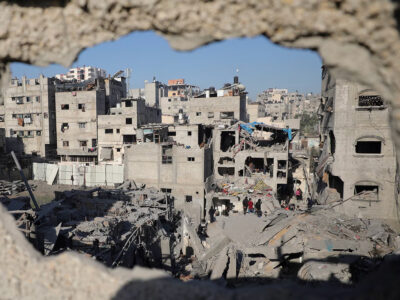Jordan has seen a dramatic loss of medical tourists since the start of the unrest in the Middle East and North Africa and Gulf nations could benefit as a result, Business Monitor International has said.
Jordan’s Private Hospital Association (PHA) has reported that its members have seen a 25 percent fall in patient numbers as a direct consequence of regional instability.
BMI analysts said more the stable states of the GCC could attract the patients instead but treatment prices in the likes of Saudi Arabia, the UAE and Qatar were too high, with the exception of Oman in which protests are also ongoing.
“This expense may force private patients to look at Asian destinations like Thailand for more affordable treatment. That said, Jordan’s recent pro-democracy concessions will help alleviate fears of further unrest and could start to restore confidence,” BMI said in a report.
BMI analysts said that while the UAE, Saudi Arabia or Qatar had made significant investments to encourage medical tourism, all suffered from having high treatment costs.
“Oman is more affordable, but as protests in the country intensify, it seems unlikely that patients would avoid Jordan but then choose to go to Oman,” they said.
BMI said for patients willing to pay higher prices, the healthcare cities in Dubai, Doha and Saudi Arabia could gain market share.
In 2010, the PHA estimated that medical tourism in Jordan generated revenue of $1bn, which accounts for over 4 percent of the entire country’s GDP.
“As such, a loss of 25 percent of this revenue is a big economic problem as the country’s fiscal deficit is already stretched to appease domestic pro-democracy protesters,” BMI added.
BMI said there had been a 90 percent fall in Libyan patient numbers, a 60 percent drop in Syria and a 50 percent drop from Yemen and Bahrain as patients have voted with their feet.
In 2010, Jordan attracted more than 220,000 Arab patients and 45,000 foreigners, up 25 percent% from 2009 according to the PHA.
In 2009, Iraqis represented the largest number of foreign patients seeking treatment in the kingdom, accounting for 19 percent, followed by Palestinians (16 percent) and Saudi Arabians (15 percent).
“The projected 25 percent drop in patient numbers means that Jordan will have similar patient numbers to 2009, but more damage could be done if this slip allows other regional private healthcare destinations to gain market share,” BMI’s report said.







